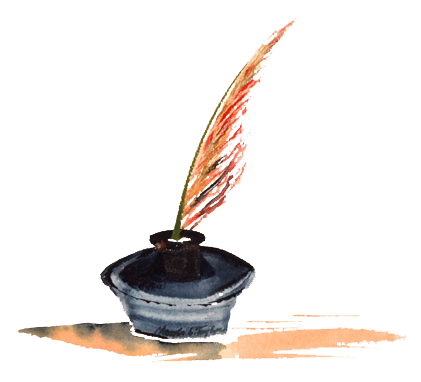I have finally finished 7 articles on the Time Scalable Design Process, the guide for every designer to assure their work is both professional and thorough, regardless of the context of the design project. It’s an approach similar to the checklist approach of surgeons or airline pilots as worked out by Atul Gawande in his Checklist Manifesto (see this book review for more information: https://www.nytimes.com/2010/01/24/books/review/Jauhar-t.html). The complete series also leverages the best in class in design thinking and design doing (both current and historical) as listed in article number 4. The synthesis of all these great thinkers I have tried to capture in these seven articles. Here is a guide to the seven articles:
Article 1: Introduction to the Design Process
https://www.keen.design/en/design-blog/the-timeless-scalable-design-process-1
This foundational article dispels the common misconception that design processes should be force-fitted into Agile development, demonstrating how this approach limits designers to suboptimal conditions where “all the key important decisions have already been made.” By mapping design’s proper role across the entire software creation lifecycle—not just the development phase—it reveals why designers need a timeless, scalable process that coordinates across multiple disciplines and organizational processes from the very beginning.
Article 2: The Timeless Scalable Design Process
https://www.keen.design/en/design-blog/the-timeless-scalable-design-process-part-2
This article introduces the four-phase scalable design process (Discover, Concept, Detail, Deliver) that separates universal goals from context-specific methods, enabling designers to choose appropriate techniques while maintaining strategic direction through controlled “random walks” rather than aimless exploration. By replacing outdated models like the double diamond with flexible visualizations including the golden spiral, this approach delivers faster, more durable designs through iterative refinement that engages stakeholders and establishes conceptual credibility from the start.
Article 3: Phases of the design process explained
https://www.keen.design/en/design-blog/the-timeless-scalable-design-process-part-3
This comprehensive guide breaks down each phase of the four-stage design process—Discover, Concept, Detail, and Deliver—by separating universal goals from specific deliverables and activities, enabling designers to adapt their approach while maintaining professional standards and clear milestones. From understanding the status quo through exploratory research and conceptual modeling to detailed design and collaborative implementation with engineering, this framework provides the strategic structure needed to navigate from initial challenge to successful solution delivery.
Article 4: The Background and References for the Timeless Scalable Design Process
https://www.keen.design/en/design-blog/the-timeless-scalable-design-process-part-4
This historical deep-dive traces the four-phase design process back through nearly a century of design evolution—from László Moholy-Nagy’s Bauhaus principles through HCI engineering processes to modern design thinking—revealing how the same fundamental goals have persisted despite changing methods and terminology. By synthesizing wisdom from pioneers like Brian Archer, Karen Holtzblatt, and Donald Schön while critiquing the commoditization of design thinking, this article demonstrates how separating universal phase goals from context-specific techniques creates a truly timeless and scalable approach that stands on the shoulders of design giants.
Article 5: Design Process Practical Tips
This practical guide transforms design process theory into actionable management through a flexible table-based tool that evolves from initial project reference to proposal generator, learning resource, and tracking system—making design transparent to non-designers while supporting the iterative nature of professional design work. By separating universal phase goals from customizable naming conventions and activities, this approach enables teams to bend the process without breaking it, scaling from simple 4-phase frameworks to complex 9-step methodologies while maintaining design integrity and stakeholder alignment.
Article 6: Value Driven design
Value-Driven Design, a specialized version of the scalable design process, transforms the traditional feature-request dynamic by empowering stakeholders to articulate desired outcomes rather than specific solutions, creating a systematic framework where every design decision can be traced from high-level business OKRs down to individual interface elements. This specialized approach bridges the persistent gap between design and business strategy through a five-level value hierarchy that ensures measurable accountability while maintaining user-centered focus throughout the entire design process.
Article 7: Value Driven Design Case Study
https://www.keen.design/en/design-blog/value-driven-design-case-study-acme-streaming
This compelling case study follows Acme Streaming’s transformation from a modest goal of reducing their 70% churn rate by just 10% into a complete business model innovation that created entirely new revenue streams through tiered service offerings. By systematically applying Value-Driven Design principles to reframe what initially appeared as a technical constraint (server provisioning delays) into a competitive advantage, the project demonstrates how proper design process execution can uncover hidden business potential that extends far beyond the original problem scope.
